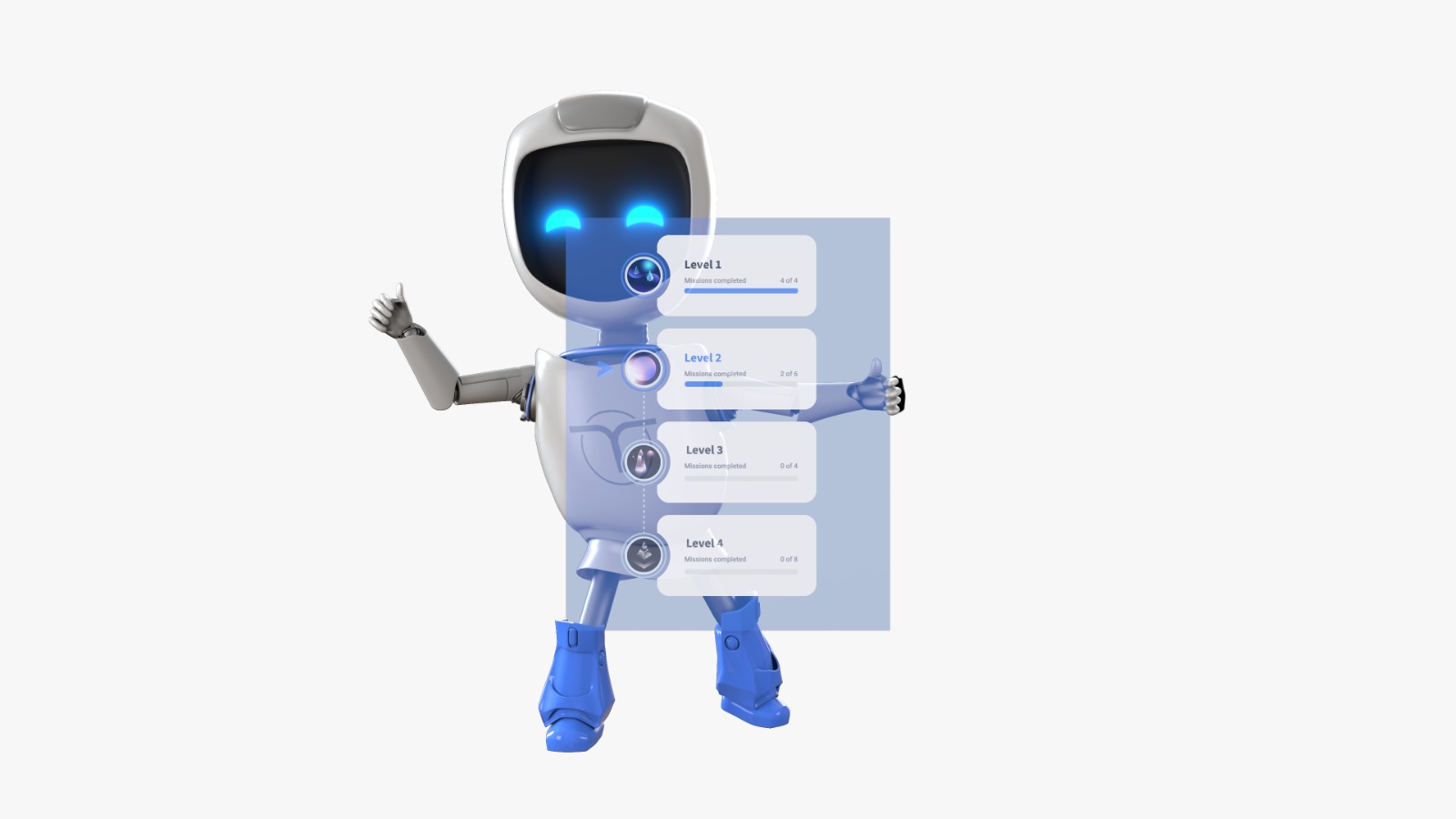Is your team struggling with communication, problem-solving, or adaptability? You’re not alone. According to a recent study, 89% of hiring failures are due to a lack of soft skills, such as teamwork, flexibility, and communication. Soft skills aren’t just a “nice to have”; they are essential for collaboration, innovation, and leadership. Without a solid strategy to teach them, your team could be drowning in inefficiencies that damage morale, lower productivity, and drive turnover through the roof.
But here’s the good news: by using proven strategies, you can develop essential soft skills in your employees and avoid these costly inefficiencies. This article will outline actionable methods for successfully teaching soft skills that will help your team excel in the modern workplace.
1. Identify Critical Soft Skills Relevant to Your Business
Not all soft skills are created equal, and teaching the wrong ones can be a waste of time and resources. Every industry and role requires different competencies, so your first step should be determining which soft skills are most valuable to your team.
Actionable Step: Start with a thorough analysis of which soft skills will bring the highest return on investment for your company.
Example: Let’s say you run a customer service center. The top soft skills you need are empathy, active listening, and problem-solving. Start by creating a list of potential soft skills and conduct surveys or hold focus groups with department heads to pinpoint which skills will have the greatest ROI. A company like Zappos, famous for its customer service, prioritizes empathy training to ensure every employee can connect with customers on a deeper level. Align your training with skills that will lead to measurable results in your sector.
Once you know which skills matter most, you can build targeted training plans that don’t waste time on irrelevant areas.
2. Integrate Soft Skills Training into Daily Operations
Training employees in soft skills once during orientation and expecting them to improve is wishful thinking. Soft skills need continuous reinforcement and opportunities for real-world application. If training happens in isolation, the learning won’t stick, and inefficiencies will creep back into your daily workflows.
Actionable Step: Embed soft skills development into everyday workflows instead of limiting it to one-off training sessions.
Example: At Google, leadership incorporates role-playing into team meetings to keep communication skills sharp. In your company, you could start using role-playing scenarios in meetings to address common challenges. For instance, before a big client pitch, create a mock scenario where the team has to negotiate tough points with a “challenging” customer. Doing this regularly will make employees comfortable with applying their soft skills under pressure, and it transforms meetings into interactive training sessions.
3. Leverage Interactive, Practical, and Gamified Learning Solutions
Traditional training can feel more like a chore than a valuable learning experience, leading to disengagement. Interactive and gamified learning methods, on the other hand, keep employees engaged, making it easier for them to apply what they’ve learned in real-world situations.
Actionable Step: Focus on education, exercise, and experience by using practical, scenario-based exercises and interactive modules.
Example: At Deloitte, they used microlearning modules, where soft skills were taught through real-life scenarios and gamification. Employees navigated real-world challenges, from managing difficult conversations to fostering teamwork. The module included feedback loops, where employees could immediately see the impact of their decisions and how well they handled specific situations. This made learning more engaging and memorable.
Gamified platforms, like Code of Talent, can also track progress in real time, allowing managers to see which employees are excelling and who may need additional support.
4. Foster a Feedback-Oriented Culture
Soft skills aren’t something you master once, they need constant refinement. A lack of feedback can stunt the growth of these skills, leaving inefficiencies unaddressed. Your company needs to build a culture where regular, constructive feedback is the norm, not the exception.
Actionable Step: Create regular feedback loops through instructed-led approaches or peer evaluations.
Example: At Netflix, feedback is part of everyday life. Managers hold regular one-on-one meetings with team members where they give feedback not just on hard skills, but also on soft skills like communication, collaboration, and leadership. Adopting this approach can lead to quick improvements in soft skills, as employees constantly adjust based on real-time insights.
A key tip here is to make feedback two-way – employees should feel empowered to give feedback on management’s soft skills as well. This creates an environment of continuous improvement.
5. Promote Peer-to-Peer Learning
Employees are often more comfortable learning from their peers than from formal trainers or managers. Peer learning not only helps spread soft skills more naturally but also fosters a stronger sense of team cohesion and collaboration.
Actionable Step: Implement peer mentorship programs where experienced team members can mentor new hires in specific soft skills.
Example: At Airbnb, cross-functional collaboration is built into their culture. When a new hire joins, they’re paired with a mentor outside of their immediate team, which gives them a broader view of how different roles interact and what soft skills are valued. By promoting peer reviews and collaboration, your employees will organically pick up on soft skills like conflict resolution, negotiation, and adaptability just by working together.
Peer-led learning is effective and cost-efficient, leveraging internal knowledge to upskill your workforce without the need for expensive external trainers.
6. Measure and Reward Soft Skills Development
What gets measured gets managed. When you track the development of soft skills, you can identify which employees are excelling and who needs additional support. Plus, when employees know their efforts are being recognized, they’ll be more motivated to continuously improve.
Actionable Step: Establish clear metrics to assess soft skills and tie rewards or recognition to progress.
Example: Implement a soft skills tracking system where managers assess employees’ communication, teamwork, and problem-solving abilities on a quarterly basis. Offer recognition programs or incentives for employees who demonstrate significant improvements, such as a “Soft Skills Champion” award, fostering a culture of ongoing learning and improvement.
Leveraging Code of Talent for Effective Soft Skills Training
At Code of Talent, we understand that developing soft skills requires more than just traditional learning methods. Our AI-powered microlearning platform is designed to keep employees engaged, motivated, and on track with their soft skills development by offering:
- 100% tailored training programs: Customize content to meet the specific soft skill needs of your team.
- Interactive modules: Incorporate gamified learning and real-life application to ensure retention and effectiveness.
- Performance analytics: Track progress in real-time and use data to continuously improve your training strategies.
- Continuous feedback: Provide employees with real-time feedback, fostering an environment of growth and development.
By leveraging these features, Code of Talent empowers you to elevate your soft skills training initiatives, ensuring that your employees are fully prepared to excel in any situation.
Conclusion
Inadequate soft skills training is a ticking time bomb for any business. Without these essential abilities, you risk poor communication, inefficient teamwork, and lost productivity. By implementing the strategies outlined in this article – and integrating Code of Talent into your training program – you can ensure your team has the tools they need to thrive in any challenge.
Ready to revolutionize your soft skills training? Start your customized journey today with Code of Talent and experience a transformative impact on your team’s performance. Experience a tailored training journey for your team here.
Photo: Pexels





